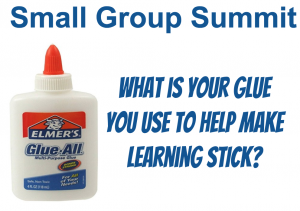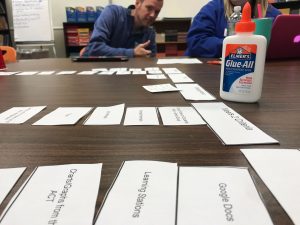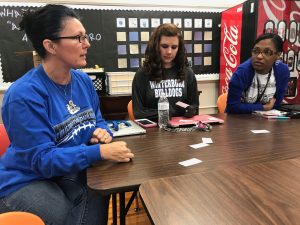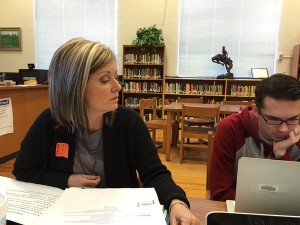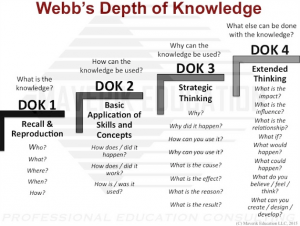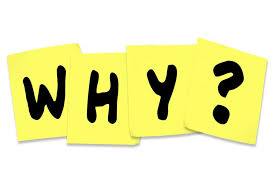 Why? Three simple letters packed with an educational punch. When students can tell us why they think something, or why they believe something, teachers feel as though we have reached the educational summit! Whether right or wrong, we can diagnose misconceptions or build upon current thinking. For today’s Teacher Academy, we had 3 Learning Targets:
Why? Three simple letters packed with an educational punch. When students can tell us why they think something, or why they believe something, teachers feel as though we have reached the educational summit! Whether right or wrong, we can diagnose misconceptions or build upon current thinking. For today’s Teacher Academy, we had 3 Learning Targets:
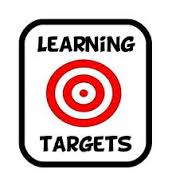
- Identify the right drivers and the wrong drivers in our classrooms.
- Identify the importance of soliciting sophisticated responses.
- Create a short action plan to address student deficiencies.
The 5 Why Protocol was recently used at the Key Leaders Network through the Alabama Best Practices Center. This protocol basically takes you through a series of Why’s….5 of them to be exact. You first have to identify your “right drivers” and then the “wrong drivers.” We used 3 aspects of our school culture as a review for this protocol: Classroom Managers, Formative Assessment, and Learning Target. The last “Why” question that is asked, is packed with core foundations of belief. Here are our examples:
1. Why are classroom managers the right drivers over classroom observations?
-If the pressure in on the students, they will have higher success rates in life.
-To have students more invested, means that they have more ownership, pride, and are more engaged in class.
-There is a direct correlation between engagement and student achievement…simple!
-It is important to integrate so we can better prepare them for their future job!
2. Why are formative assessment strategies the right drivers over accountability?
-Tailoring Formative Assessment tailors our instruction.
-Without a foundation, you can’t build more knowledge and you do not want
misconceptions to build. You cannot build a house without a foundation.
-Formative Assessment shows student achievement, then in turn data and scores increase. Formative Assessment shows the teacher where to go next with that child.
-Formative assessment gives them ownership, accountability, engagement in the lesson, etc.
3. Why are learning targets the right drivers over fragmented strategies?
-It is important to connect to real world objectives for clarity and guidance.
-Students have to buy in with the lesson in order to be invested.
-We increase the rigor in our classroom lessons and this increases lesson stamina.
-It is important for everyone to go down the same path (Lifelong learning – not the exact path…we differentiate)
We also discussed the importance of using a protocol or having a system in place for student questioning and the answers we accept as teachers. We must solicit educational responses that are of grade level quality, and beyond, not answers that are quick or sloppy. Many questions on our summative Assessments, the ACT Aspire, require that students answer questions using grade level sophistication! Thank you Anna Jones for your inspiration and aha moment on this issue!
We had a great day of learning and Action Plan development! You can find more about the 5 Why Protocol on the National School Reform Website: http://www.nsrfharmony.org/system/files/protocols/5_whys_0.pdf
 How can a #metacognitionmoment pack a punch in professional development? It is fast, easy, and pumps the breaks throughout the day to reflect on teaching strategies used and the effectiveness of when to use those strategies.
How can a #metacognitionmoment pack a punch in professional development? It is fast, easy, and pumps the breaks throughout the day to reflect on teaching strategies used and the effectiveness of when to use those strategies. 
